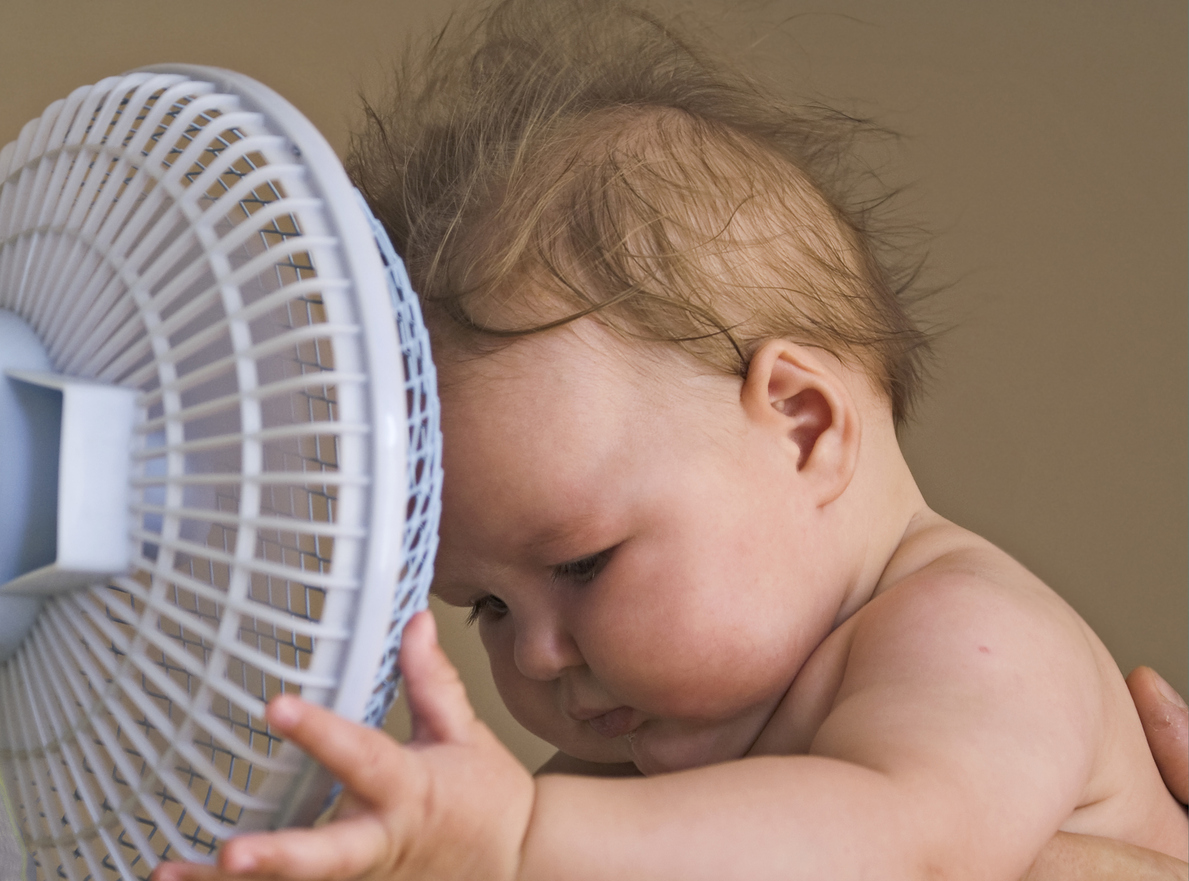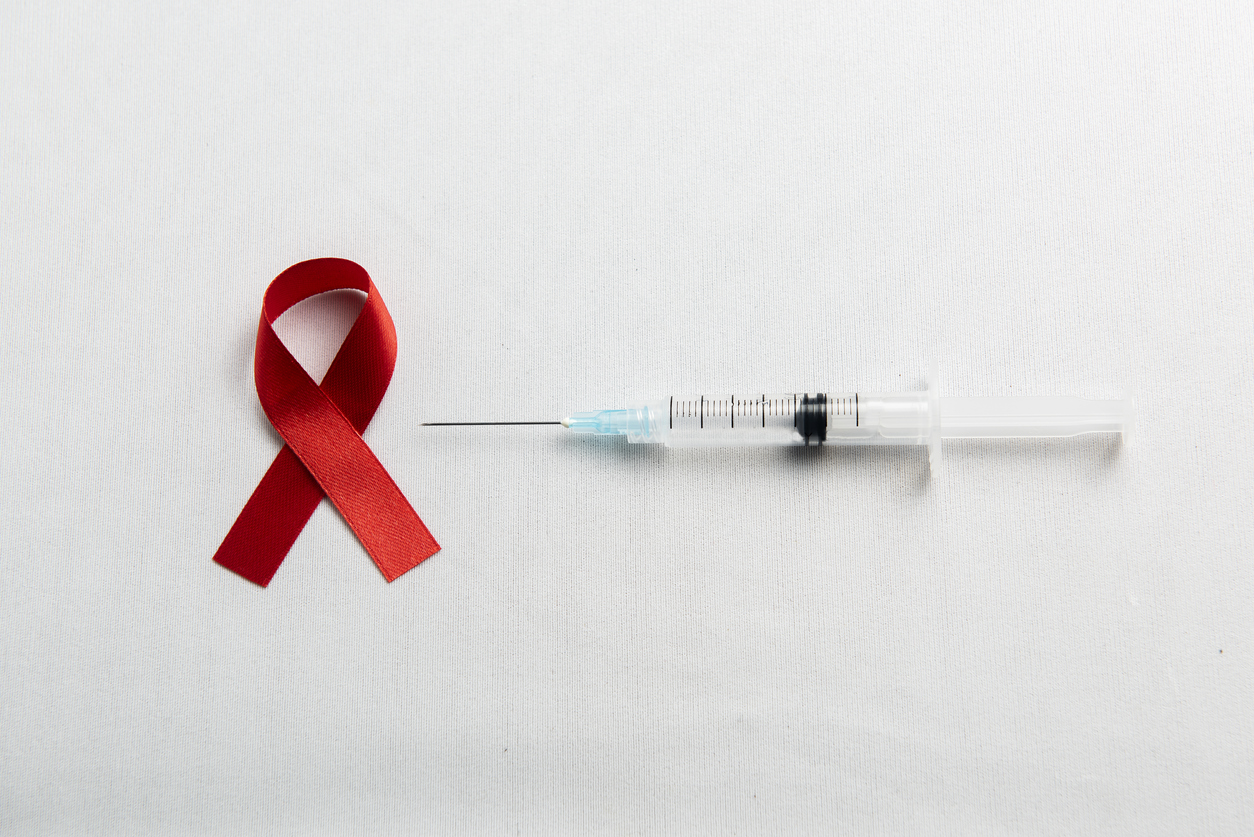2025-07-25
Small bodies, big heat
Pediatrics
By Ana Espino | Published on July 25, 2025 | 2 min read
#pediatrics #neurodevelopment #thermoregulation #hyperthermia
Global warming, intensified by human activity, continues to raise average temperatures. Among the most vulnerable populations during extreme heat events are children—especially newborns, infants, and pediatric patients with comorbidities. Due to their immature thermoregulation, limited behavioral adaptability, and large surface-area-to-mass ratio, they face significant health risks.
Pregnant women are also affected, with prenatal heat exposure linked to obstetric complications and congenital anomalies. Despite mounting epidemiological evidence, critical temperature thresholds, their variability by age, and the role of social determinants remain poorly defined. This study offers an overview of heat-related effects on pediatric and perinatal health, exploring clinical data, pathophysiological mechanisms, and knowledge gaps.
How far does heat push them?
In pregnant women, heat exposure increases the risk of preeclampsia, gestational diabetes, hypertension, and hospitalizations. Prenatal heat is associated with higher rates of prematurity, fetal growth restriction, congenital heart anomalies, and even stillbirth. These effects may be due to reduced placental blood flow, premature labor induction, or stress protein production.
In children, physical effects include dehydration, gastrointestinal infections, respiratory and renal disorders—particularly among those under 4 years old. Hospitalizations rise significantly during extreme heat waves (≥97th percentile). Although a potential link with sudden infant death syndrome (SIDS) is suggested, it remains controversial.
Psychosocial effects are especially concerning: heat is linked to sleep disturbances, anxiety, learning disorders, and increased emergency room visits for psychiatric issues. Disadvantaged children show heightened vulnerability. Heat exposure during school periods correlates with measurable declines in cognitive performance.
Climate emergency, pediatric emergency
Infants and children exhibit pronounced physiological and behavioral vulnerability to heat events. Their immature thermoregulatory systems and limited adaptive behaviors heighten their risk. Chronic or repeated exposure during sensitive developmental periods—especially in utero—can lead to long-term physical and cognitive consequences. This review highlights the broad and diverse impact of heat stress on pediatric and perinatal health, underlining the urgent need for a collective, structured, evidence-based response.
Although studies on the effects of heat in children are increasing, many uncertainties remain and hinder the implementation of appropriate preventive measures. In light of this, targeted actions have become essential: developing early warning systems sensitive to pediatric thresholds, rethinking urban planning to reduce thermal exposure, integrating prevention into perinatal care, and promoting longitudinal research focused on the delayed effects of heat. The climate challenge is inseparably a pediatric one: taking immediate action has become a public health imperative.
About the author – Ana Espino
PhD in Immunology, specialized in Virology

Last press reviews
Twice-yearly injections to change the game?

By Ana Espino | Published on December 3rd, 2025 | 3 min read
HIV & young people: what if we changed the rules?

By Ana Espino | Published on December 2nd, 2025 | 2 min read
